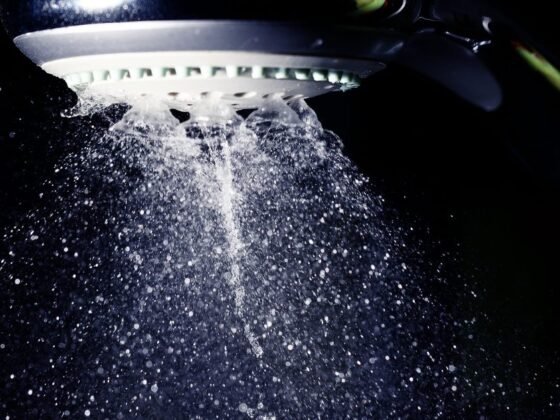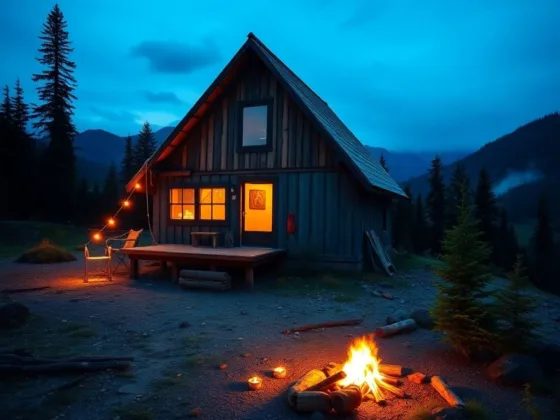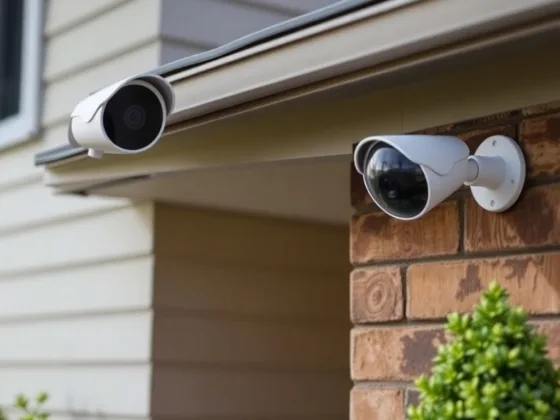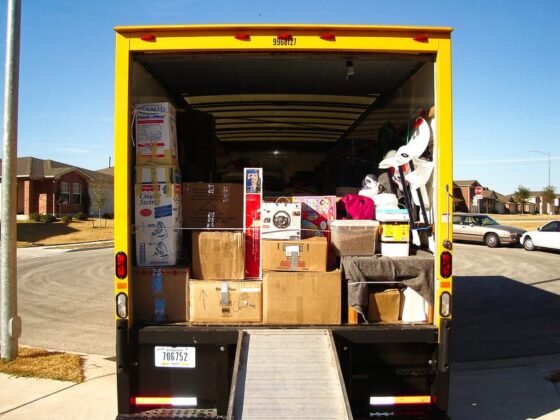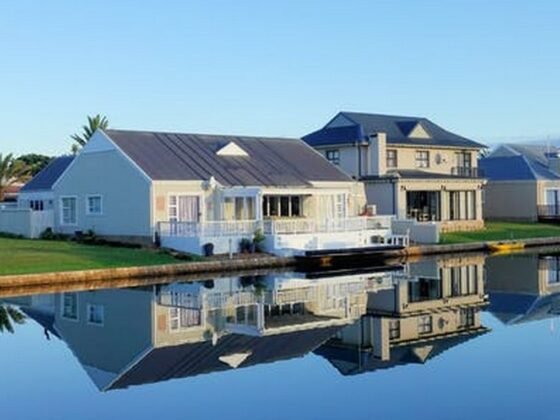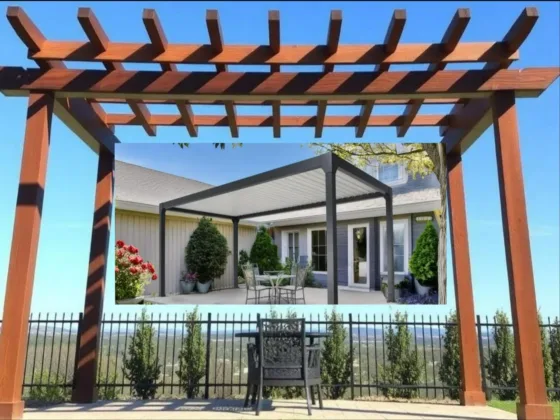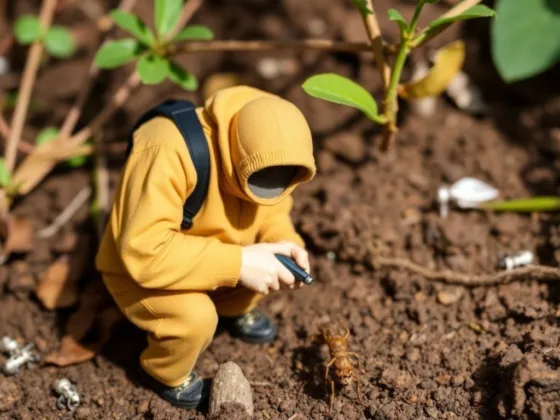Table of Contents Show
Hurricanes are formed when warm, moist air hovering over ocean water keeps rising and then gradually spirals out of control into a cyclone or depression.
The event is usually accompanied by heavy downpours and thunderstorms. Winds during these events can scale more than 38 miles each hour!
When the wind speed increases to 70+ miles per hour, the cyclonic winds are termed the tropical storm and also known as the Category 1 hurricane. The speed of the wind within the storm indicates the damage potential of the event itself.
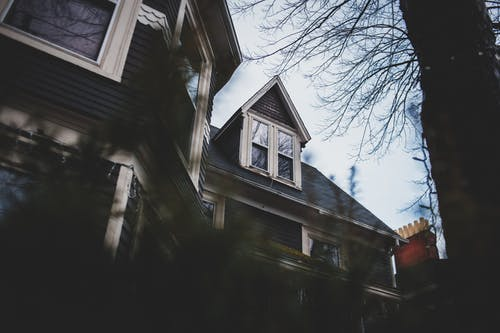
The speed of a hurricane depends on how quickly it covers an area and its direction governed by prevailing weather patterns.
Slower-moving hurricanes usually have high rainfall in a particular area and severe floods. The spinning structure of the hurricane wherein the wind rotates at the center of the storm is known as the “eye” of the hurricane.
The rain encircling the hurricane is the eyewall that gives way to the eye due to time, calms the winds and their speed gradually. This event does not necessarily mean that it is the end of the storm.
If you are living near a hurricane zone, it is essential to be aware of how to protect oneself and family before, during, and after the hurricane strikes the area.
What to Do Before a Hurricane Strikes:
- Find a safe room in your home or your community.
- Discuss hazards that could impact your family negatively, and be aware of the area’s vulnerability to storms.
- Stock all kinds of non-perishable food supplies as part of the grocery list, water bottles, a handy first-aid kit, a radio preferably powered by batteries, torches, and flashlights.
- Set the fridge temperature to the coldest settings to prevent food spoilage if the power goes out for a long time.
- Have a fully-charged cell phone handy for making emergency calls.
- Fill bathtubs and buckets with water for all cooking, bathing, etc., in case of impending power outages.
For Evacuation:
- Take prompt advice from police and local authorities. Evacuate if the local government tells you to do so.
- Unplug appliances and computers before evacuation.
- Move things to the higher floor surface to protect expensive gadgets from impending floods.
- Remove fuses from ACs to avoid damage.
- Close the water taps completely to prevent waterlogging from broken pipes during storms.
- Turn off gas and check if there are chances of unintentional leaks.
- Ensure your vehicle is in running condition with a full gas tank along with emergency supplies and clothes.
- Keep in mind escape routes in case you need to secure loved ones.
Read Also:
Necessary Precautions to Minimize Damages:
- Close the shed doors tightly not to blow off during storms.
- Keep all potential projectiles like flags, awnings, wind chimes, potted plants, or sculptures within the shed.
- Don’t leave your vehicles parked under the trees.
- Arrange for pool covers to secure the area
- Storm floods from high waves could damage low-lying areas; stay away.
- Keep all important documents handy, including passports, house deeds, insurance docs, etc., in storm-proof containers.
- Have multiple backups in pen drives and the cloud of important information before evacuation.
- Ensure the pets are micro-chipped with the latest collar tags to search for them in case of separation. Have necessary medications, food, and medical records handy.
Things to do During a Hurricane:
- Monitor the radio or TV for the latest weather updates.
- Stay away from regular windows and doors. Take shelter in a room with hurricane windows or the basement. Bathtubs provide shelter if covered with plywood and the like.
- Evacuate to safe shelters or a space guided by emergency personnel.
- Turn off appliances before power outages to reduce damages caused by power surges.
- Turn off electricity at the main breaker in case of flooding.
Things to do After a Hurricane:
- Do not start appliances at once after the storm passes. Ensure minimal or no damage to all sensitive equipment.
- Avoid loose power lines and report them to authorities.
- Avoid using generators indoors in basements or similar areas since they release carbon monoxide that is potentially poisonous and fatal for everyone. Cool off your generator before gas refilling.
- Do not use any wet electricals or damaged appliances because they could be hazardous after a storm.
- Avoid burning charcoal indoors to avoid carbon monoxide in enclosed spaces.
- Follow all safety precautions related to food and water to avoid contamination.
- Keep away from floodwaters as they could contain harmful debris.
- Take photographs of all kinds of damage you have incurred in your home.
- Start cleaning and repairs after wearing protective gear.
